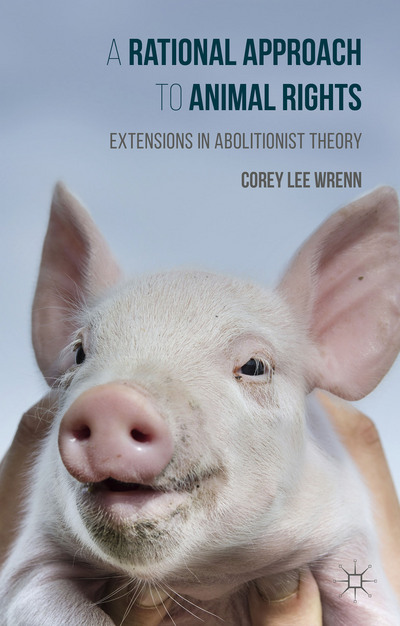What is the Illusion of Transparency?
The illusion of transparency refers to the mistaken assumption that others can read our internal states quite easily. Humans, as social animals, are quite good at reading the body language and facial expressions of others. However, there are limitations to this ability.
Perhaps the tendency to assume that our inner state is quite visible to the outside world can be traced to self-centered individualism of Western culture. Indeed, this inhibiting tendency among humans is picked up in the best-selling self-help book, The Four Agreements (Ruiz 1997). For instance, the book’s advice not to take things personally or make assumptions speaks to the illusion of transparency.
How Can This Illusion Hinder?
Because empathy and identification are so important for encouraging helping and other prosocial behaviors, this illusion of transparency can be prohibitive (Gilovich et al. 1998). Vegan activists, for instance, may bemoan why so many humans who witness the oppression of other animals can remain unmoved. This could be a case of activists falling for the illusion of transparency. Specifically, they may be assuming that the inner states of Nonhuman Animals are blatant to audiences. By actively encouraging identification and prosocial responses, activists may be more successful than by simply relying on the process of bearing witness to motivate behavior change.
How Can This Illusion Help?
Although this illusion can be prohibitive, it can also be encouraging. For instance, activists can harness awareness to this illusion to increase self-confidence when advocating for other animals. Researchers find that the illusion of transparency, if acknowledged, can be overcome. Indeed, this can be especially helpful for those challenged with social anxiety (Savitsky and Gilovich 2003). By keeping in mind that any nervousness or discomfort that is internally felt is not likely to be externally observed, activists might find themselves more willing to engage the public.
For the Vegan Toolkit
- Do not rely on the assumption that nonhuman suffering is apparent to audiences
- Gain confidence with the knowledge that tumultuous internal states experienced when speaking publicly are not so readily apparent
References
Gilovich, T., K. Savitsky, V. Medvec. 1998. “The Illusion of Transparency: Biased Assessments of Others’ Ability to Read One’s Emotional States.” Journal of Personality and Social Psychology 75 (2): 332-346.
Ruiz, D. 1997. The Four Agreements: A Practical Guide to Personal Freedom. San Rafael, CA: Amber Allen Publishing.
Savitsky, K. and T. Gilovich. 2003. “The Illusion of Transparency and the Alleviation of Speech Anxiety.” Journal of Experimental Social Psychology 39 (6): 618-625.

Readers can learn more about the social psychology of veganism in my 2016 publication, A Rational Approach to Animal Rights. Receive research updates straight to your inbox by subscribing to my newsletter.
